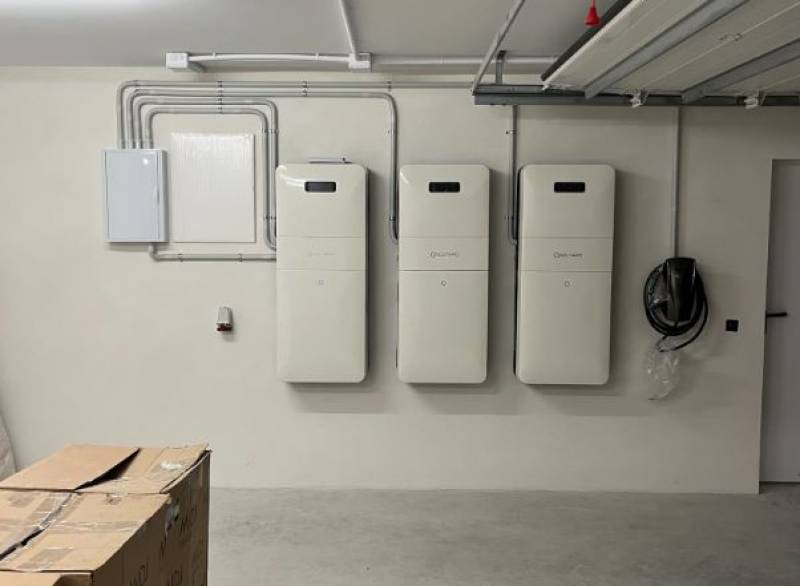

Guidelines for submitting articles to Santa Rosalia Today
Hello, and thank you for choosing Santa Rosalia.Today to publicise your organisation’s info or event.
Santa Rosalia Today is a website set up by Murcia Today specifically for residents of the urbanisation in Southwest Murcia, providing news and information on what’s happening in the local area, which is the largest English-speaking expat area in the Region of Murcia.
When submitting text to be included on Santa Rosalia Today, please abide by the following guidelines so we can upload your article as swiftly as possible:
Send an email to editor@spaintodayonline.com or contact@murciatoday.com
Attach the information in a Word Document or Google Doc
Include all relevant points, including:
Who is the organisation running the event?
Where is it happening?
When?
How much does it cost?
Is it necessary to book beforehand, or can people just show up on the day?
…but try not to exceed 300 words
Also attach a photo to illustrate your article, no more than 100kb

Catral Today
The gateway to the Vega Baja

Catral is a relatively small inland municipality in the north of the Vega Baja del Segura area of Alicante, but in recent years its population has grown considerably, mainly due to an influx of residential tourists from northern European countries, particularly the UK.
This sent the population up from around 5,000 to 9,000 during the first decade of the new millennium, and Catral is now home to almost a thousand UK nationals and representatives of many EU member states. These settlers have decided for their homes in the sun on a municipality which occupies only 19 square kilometres, and which is still principally occupied by irrigated farmland due to the presence of various channels which were created centuries ago for that purpose.
Located half-way between the cities of Alicante and Murcia, Catral is sometimes referred to as the gateway to the Vega Baja, and the first documented references to the town, or village, date from shortly after south-eastern Spain was re-conquered from the Moors in the mid-13th century. There are still traces of a long and eventful local history in the town centre, including the church dedicated to Los Santos Juanes, which is located on the site of an old Moorish mosque and is unusual in that it features the only elliptical (rather than circular) dome in the Vega Baja. In addition, it faces north, whereas tradition demands that most churches in Spain face east.
Another church in Catral is the one devoted to Santa Águeda, who is also at the centre of the local fiestas every February. Again this church is unusual, this time because the rectangular of exterior the building houses a circular interior!
The cult of this Saint is said to date back to the 13th century in the town, and when her statue went the way of so many others during the Civil War and was destroyed, a new one was promptly commissioned as soon as the conflict ended. The fiestas in her honour culminate in a procession in which this “new” statue is carried to the parish church on February 4 before being taken back home the following day as part of a “romería”.
Other important events in the Catral calendar include the celebration of San Emigdio, who is believed to have protected the town from more serious damage in the 1829 earthquake, an extensive programme of processions during Holy Week, and the annual Fiestas Patronales in honour of San Juan every June.
These are all examples of the bustling social scene in the small town of Catral, but one of the main attractions which has led to so many expats from northern Europe setting up home here is the tranquility of the natural environment. Like most of the Vega Baja area, the local economy has always been mainly agricultural, and a maze of irrigation ditches still criss-cross the fields in order to water the crops in the countryside.
It is in the out-of-town areas of Catral that much of the expat community is resident, mainly in small and discreet residential areas. This is especially so close to the El Hondo natural park in the north of the municipality, where a variety of birdlife populates the area in and around a lake and provides the kind of tranquil rural backdrop which is not always associated with the Costa Blanca! This is the second largest wetland area in the region of Valencia, and is also a part of local history as it was created during the centuries of Moorish rule which ended in the Early Middle Ages.
Equally important to those who have come from outside Spain to live in Catral, of course, is the local gastronomy, much of which is shared with the rest of the Vega Baja. Specialities include turkey and meatball stew, arroz con costra and various other rice dishes, and naturally enough the produce of the local farmland also features prominently in terms of fruit and vegetables.
For many, then, Catral might be the gateway to the Vega Baja, but for those who live here it is a quiet and charming rural retreat within striking distance of the coast, an oasis of calm with a Mediterranean climate and cuisine, as well as an area which is rich in history and tradition.


























